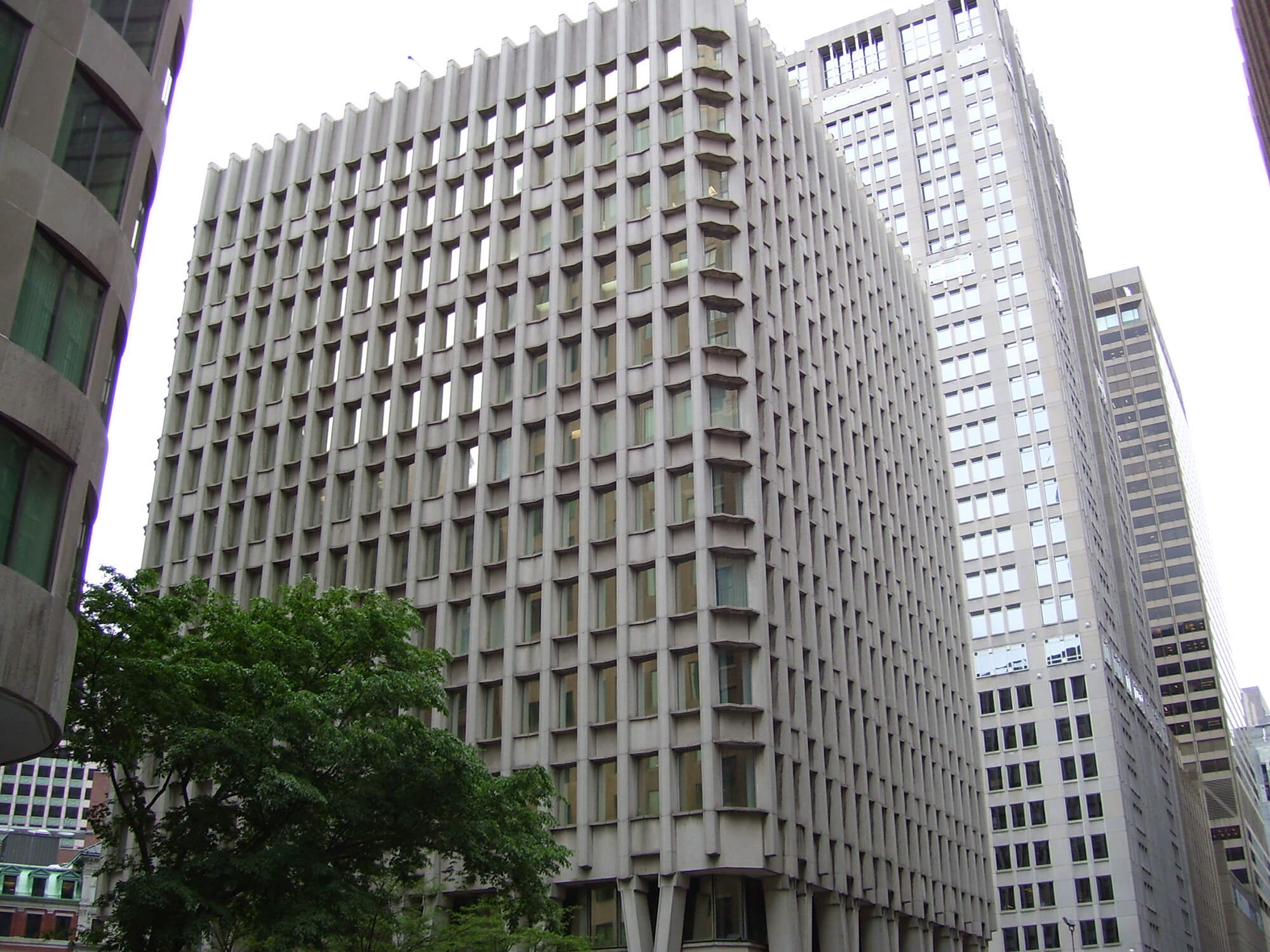I made a point to go by the Blue Cross Blue Shield building the other day and took some pictures. A security guard came out to ask me what I was doing, and I told him I was checking out the building because it is now officially an architecturally significant Boston landmark. He asked "...This?" and at no point in our conversation did he seem to believe that could be true.
Thanks to the folks here sticking up for this building. But I guess my tastes just differ. It's like a lot of mid-century modernism for me. From the exact right angle, and with the exact right lighting, (and maybe with some good photo filters) it sometime looks alright. Generally, it looks bleak with a bad street level design.
As for whether this should get landmark status and the preservation requirements that come with it: nope, bad idea. I generally don't think government bodies should be dictating which art is good and important and must be preserved under penalty of law. We've never needed laws to protect Jackson Pollacks. People just do it because they enjoy the works. And I don't think comparing this to preserving a painting is very useful, anyways. Paintings don't also have to serve some other utility. They are small and can be displayed or packed away for later for (relatively) zero cost. By contrast, this is a 13-story office building. It's massively expensive to maintain (compared to a painting), it can't be moved or stored and it takes up a quarter acre of massively important downtown real estate. If the owners want to preserve it, fine. If new owners want to tear it down and build something in its place, that should also be fine. Take pictures, document it as much as you want, and tear it down.
Regardless, here's some pictures
View attachment 49006
View attachment 49007
View attachment 49008
View attachment 49009
View attachment 49010
View attachment 49011
View attachment 49012
View attachment 49013

